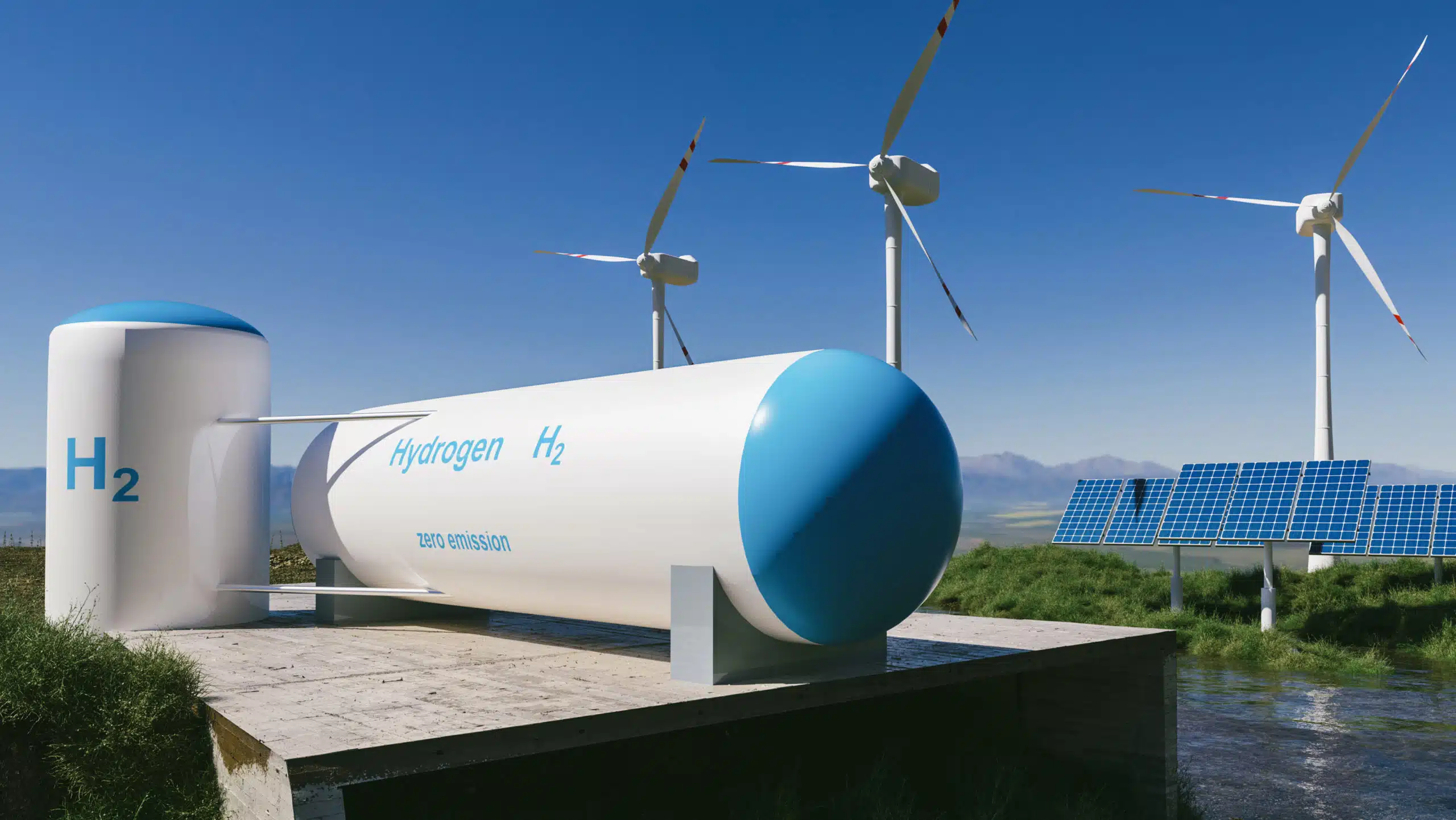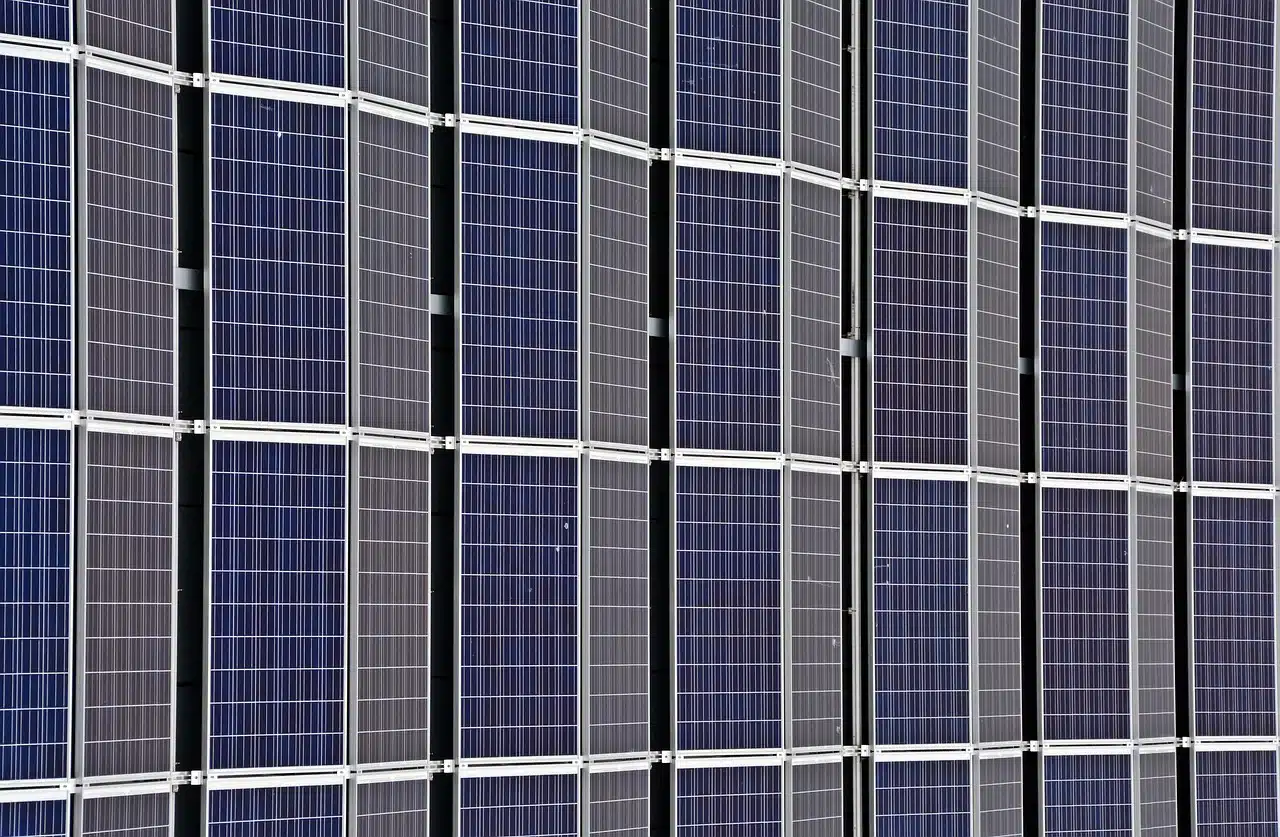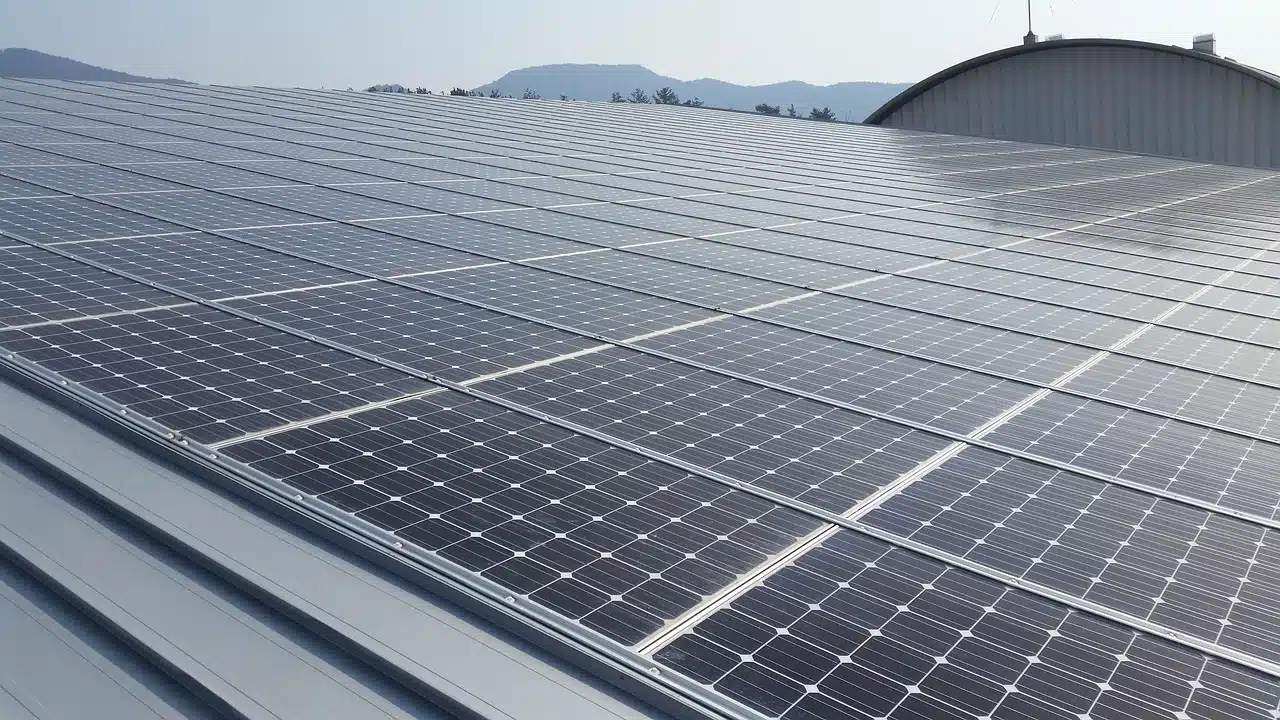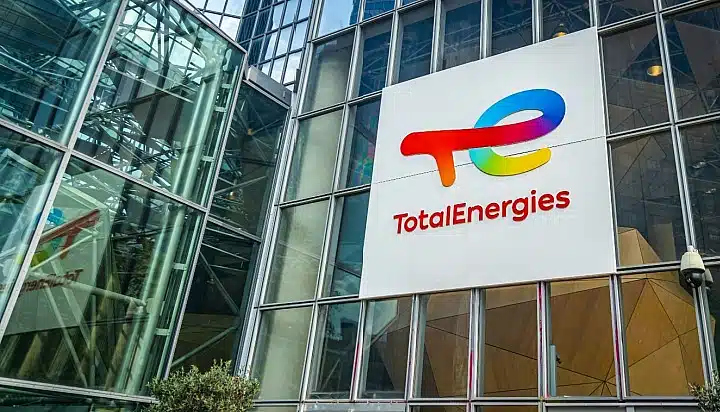James Opiyo Wandayi, Kenya’s Cabinet Secretary for Energy and Petroleum, announced Kenya’s commitment to producing green hydrogen for industrial and transport sectors.
He made this disclosure in a statement on Wednesday at the Eastern Africa Regional Green Hydrogen Symposium held in Nairobi, the country’s capital.
Kenya’s plan aligns with its goal of achieving 100% clean energy by 2030, a target praised by European Commission President Ursula von der Leyen.
Wandayi emphasised its potential to decarbonise chemical manufacturing and heavy transport, which contribute significantly to emissions.
“Green hydrogen is not just a key part of our region’s energy future; it is a catalyst for economic transformation, environmental sustainability, and geopolitical cooperation,” said Wandayi.
Strategic investments and partnerships
Kenya’s green hydrogen strategy builds on its renewable energy capacity, which includes 863 MW of geothermal and 435 MW of wind power, according to the Kenya Electricity Generating Company (KenGen).
The Kenyan government plans to scale up electrolysis infrastructure, with a proposed 450 MW green hydrogen project by 2028, costing an estimated KES 148.5 billion ($1 billion).
Mr Wandayi also mentioned that the Kenyan government is reviewing its energy policy, and the new framework would emphasise green hydrogen, including partnerships with the private sector in putting up production infrastructure.
Ondrej Simek, deputy head of the European Union Delegation to Kenya, said, “Green hydrogen development in Eastern Africa represents a pathway to green industrial growth, local fertilizer production for food security, and accelerated renewable energy deployment.”
While green hydrogen is still in its nascent stages in Kenya, it is getting traction among development partners, including Germany, which said it has availed concessional funding and grants to grow the sector.
Possible challenges
Despite the green hydrogen potential, scaling faces hurdles. High electrolyzer costs and limited infrastructure pose challenges.
Industry analysts say Kenya must address these through policy incentives and private-sector engagement.
However, its competitive renewable energy costs position it favorably.









